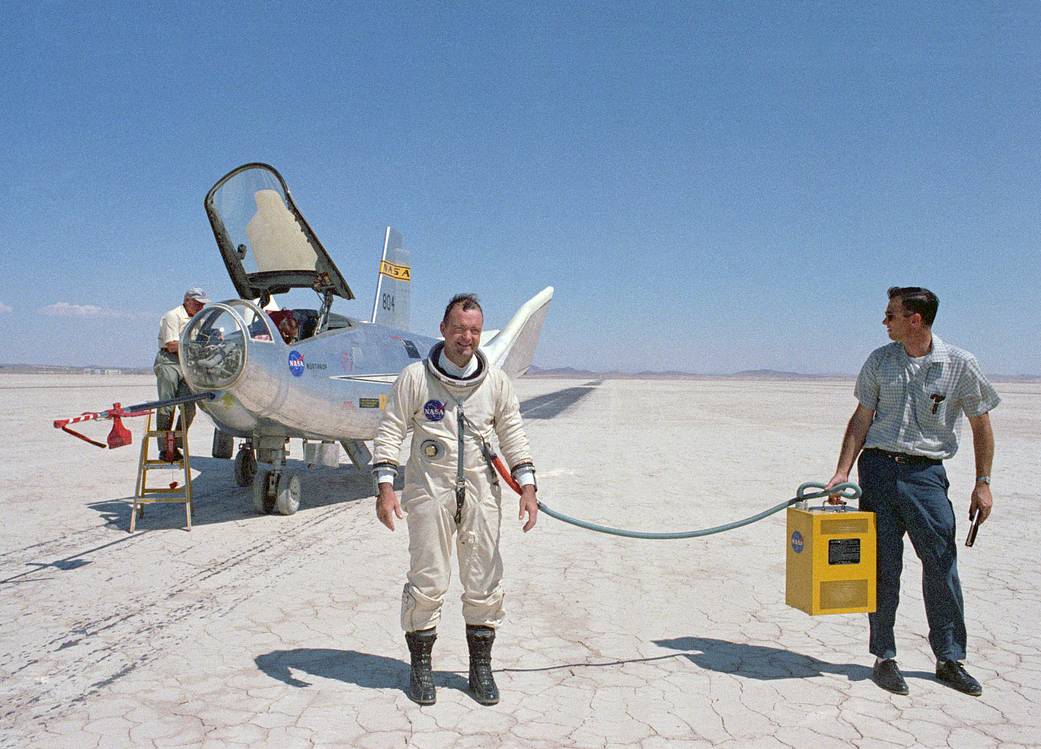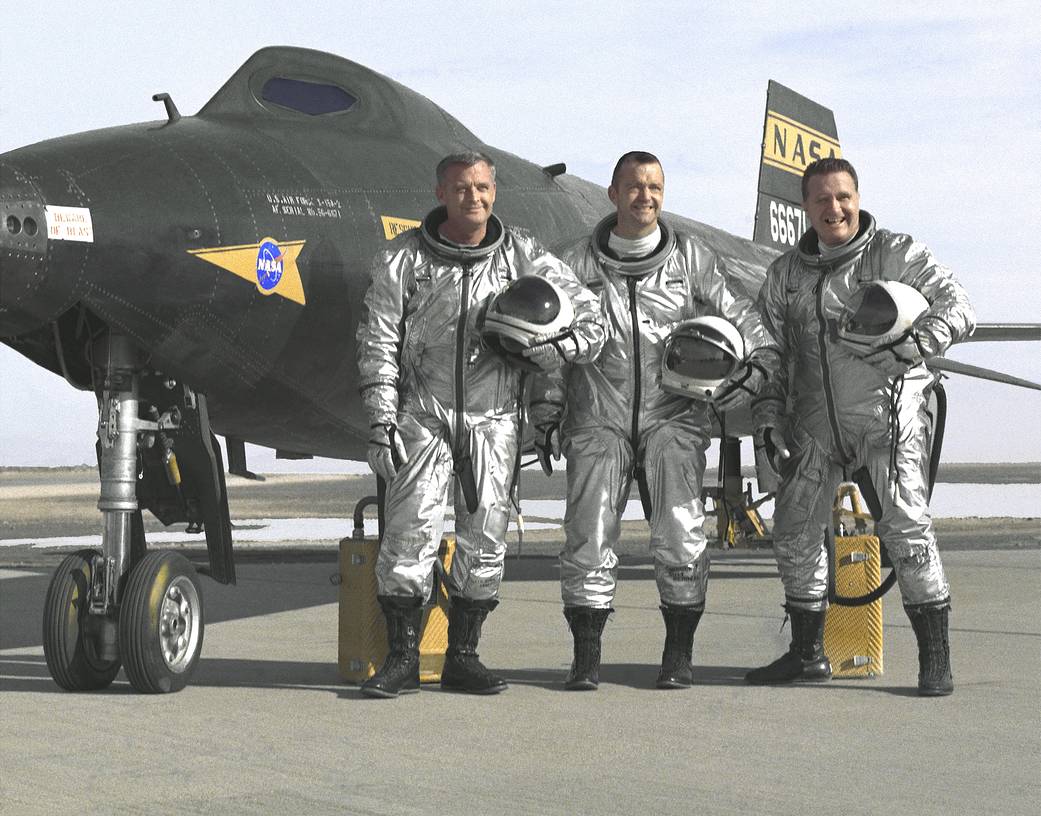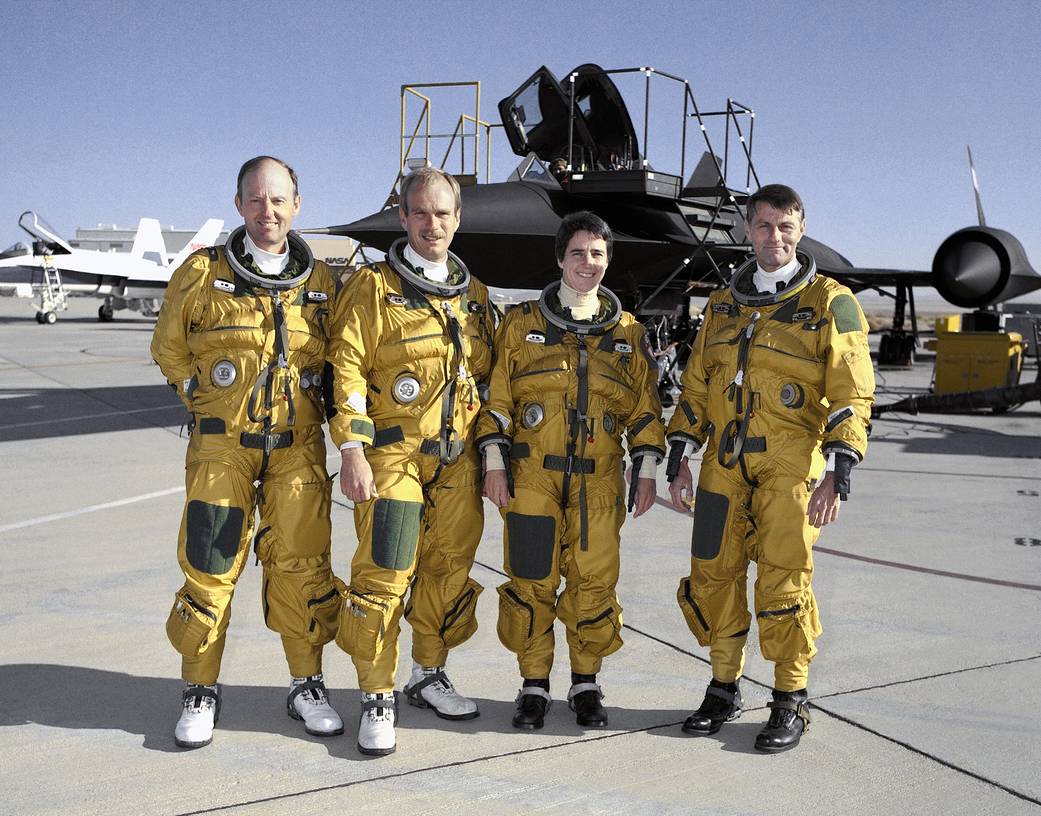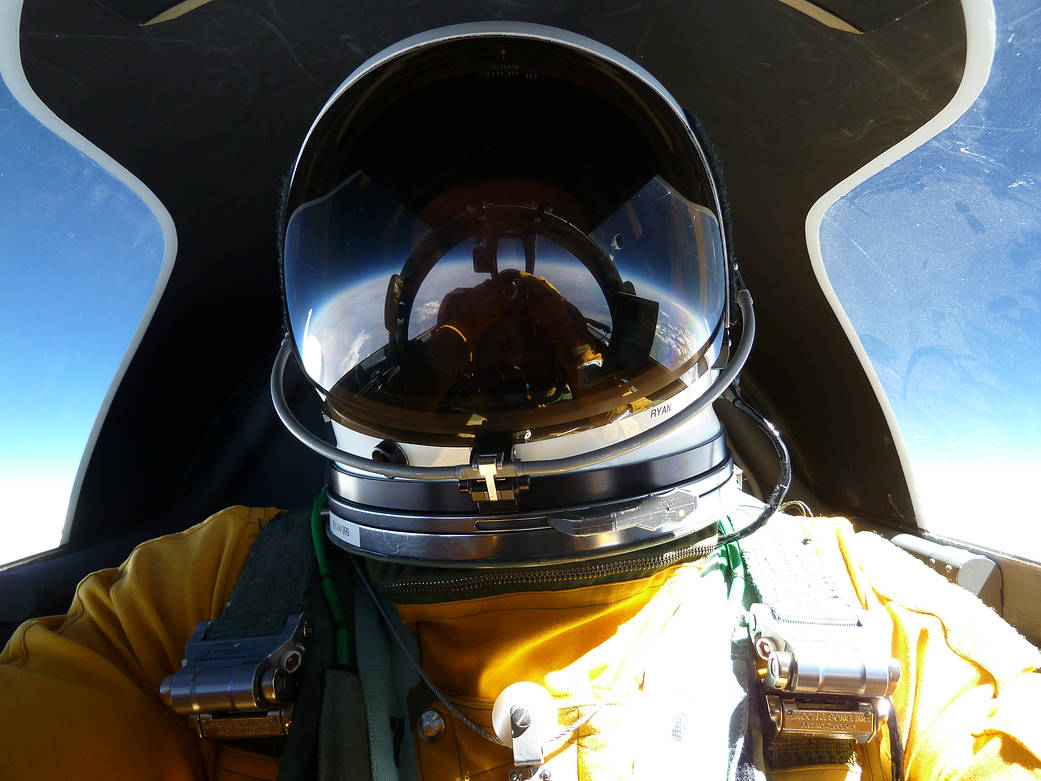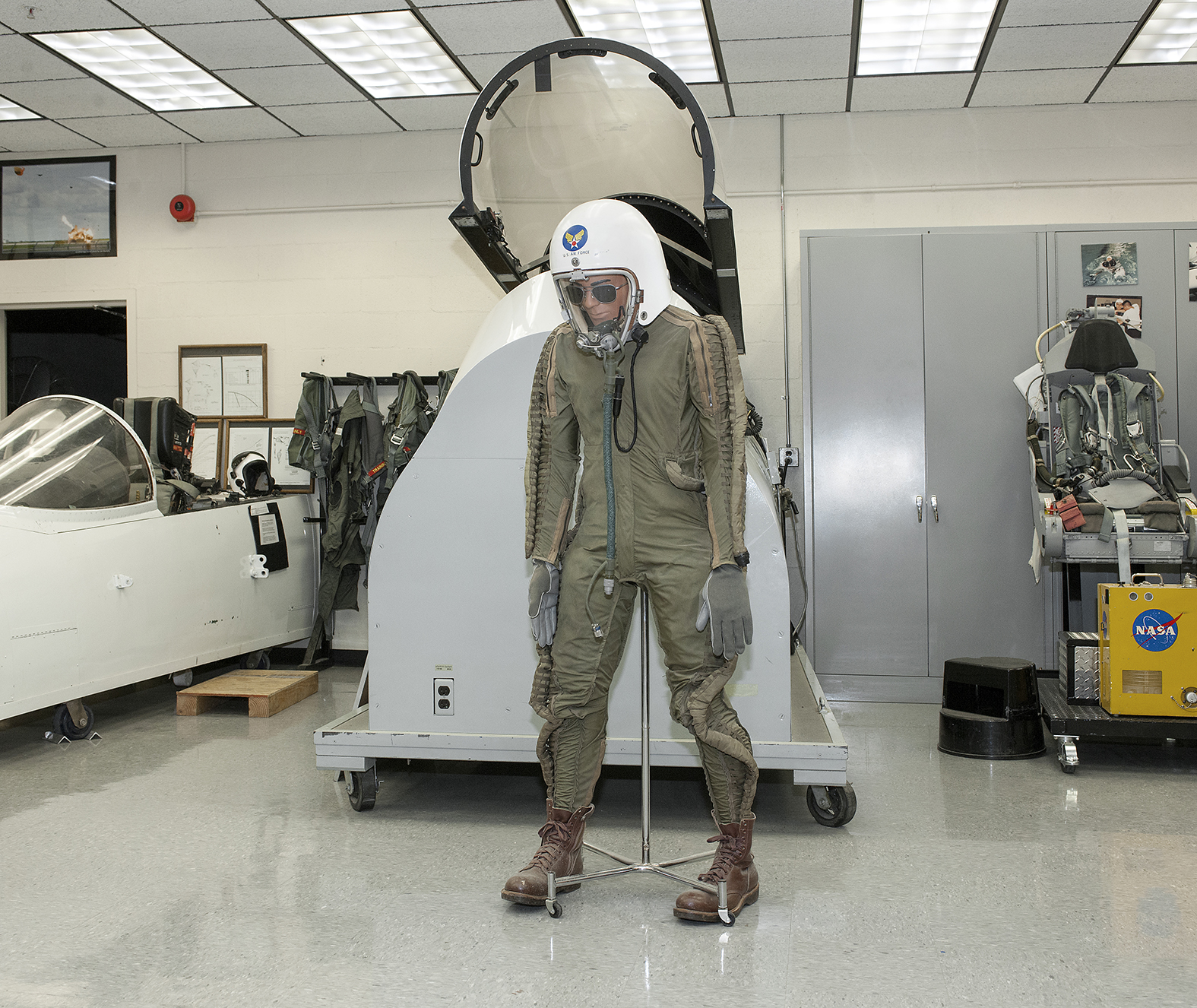
NASA has a long history with spacesuits that started with pressure suits needed for pilots in high-altitude aircraft.
Early attempts at pressure suits stemmed from the recognition that piston engine aircraft using turbochargers were able to fly at altitudes that now posed new dangers for pilots. Breathing pure oxygen was not enough to deal with the issues of increasing altitude. At 43,000 feet, pilots had to contend with cold temperature, approximately at minus 66 degrees F and the need for pressure breathing without it the lungs will not absorb enough oxygen for the individual to remain conscious.
In the 1930s, initial efforts were not practical. The U.S. military pursued the pressure suit concept, as did other nations, and in 1946 the military received the Henry Suit, the first working partial-pressure suit, named the S-1 by the Air Force.
The David Clark Company built a follow-on suit with improvements, which was designated the S-1, for which the Air Force issued a contract. These were “get-me-down” suits, to be used in case of emergencies, and not meant to be worn for extended periods at low to zero pressure.
By the time the National Advisory Committee for Aeronautics (NACA), NASA’s predecessor, began flying early experimental planes, or X-Planes, the increased need for pressure suits became apparent due to the high altitudes pilots flew.
Over time, there have been two types of suits, partial pressure and full pressure; both accomplished keeping pilots alive at high altitudes. Partial-pressure suits are skin-tight and are meant to put pressure directly on the body in case of decompression at dangerously high altitudes. Trapped gas will expand in the absence of pressure; therefore, these suits constrained the human body with essentially a tight, non-breathing fabric.
Full-pressure suits are basically a loose-fitting bag shaped like a human with rings at the wrists and neck to attach the gloves and helmet. If the cockpit depressurizes the suit inflates to maintain a safe atmospheric pressure around the occupant until the aircraft has reached a low enough altitude for the suit to deflate. Air pressure in the suit keeps an artificial atmosphere around the pilot instead of fabric stretched tightly across the skin.
As the agency began to plan for space exploration, NASA needed to transition from full-pressure suits to astronaut suits called Extra-Vehicular Activity (EVA), which was a significant step in protecting humans. EVA suits have a number of features pressure suits do not need, including special cooling and protective exterior cover to ensure the suit cannot be punctured.
Modern EVA suits are fully self-contained whereas pressure suits keep the occupant tethered to the airplane for oxygen and cooling air. Typically, an airplane pilot’s full-pressure suit weighs about 35 pounds with the helmet whereas a modern EVA suits weighs over 240 pounds.
Physiologically, there are two big issues to deal with as one goes higher in the atmosphere: dropping pressure and falling oxygen content. Pressure suits are meant to make it possible for a person to survive in an otherwise deadly environment, typically, when something goes wrong in the cockpit of an aircraft.
At 35,000-feet, atmospheric pressure is one quarter what it is at sea level approximately 3.5 pounds per square inch versus 14.7 pounds per square inch. Without breathing pure supplemental oxygen the individual’s time of useful consciousness at that altitude is 30-60 seconds. At 63,000 feet, the Armstrong Line is the point at which “vapor pressure of water is the same as atmospheric pressure” and unconfined liquid will boil at room temperature.
According to Dressing for Altitude author Dennis Jenkins, this affect to humans applies to saliva. Blood in the body would still be under sufficient pressure to keep it from boiling. However, bad things could still happen to the human body at this high-altitude if a human is exposed—it’s essentially a vacuum—including hypoxia, and rapid expansion of gas in the body such as bloating and cold temperatures, which would kill an unprotected human very quickly.
Join the conversation by using the following hashtags: #SuitUp, #MCC50th



























